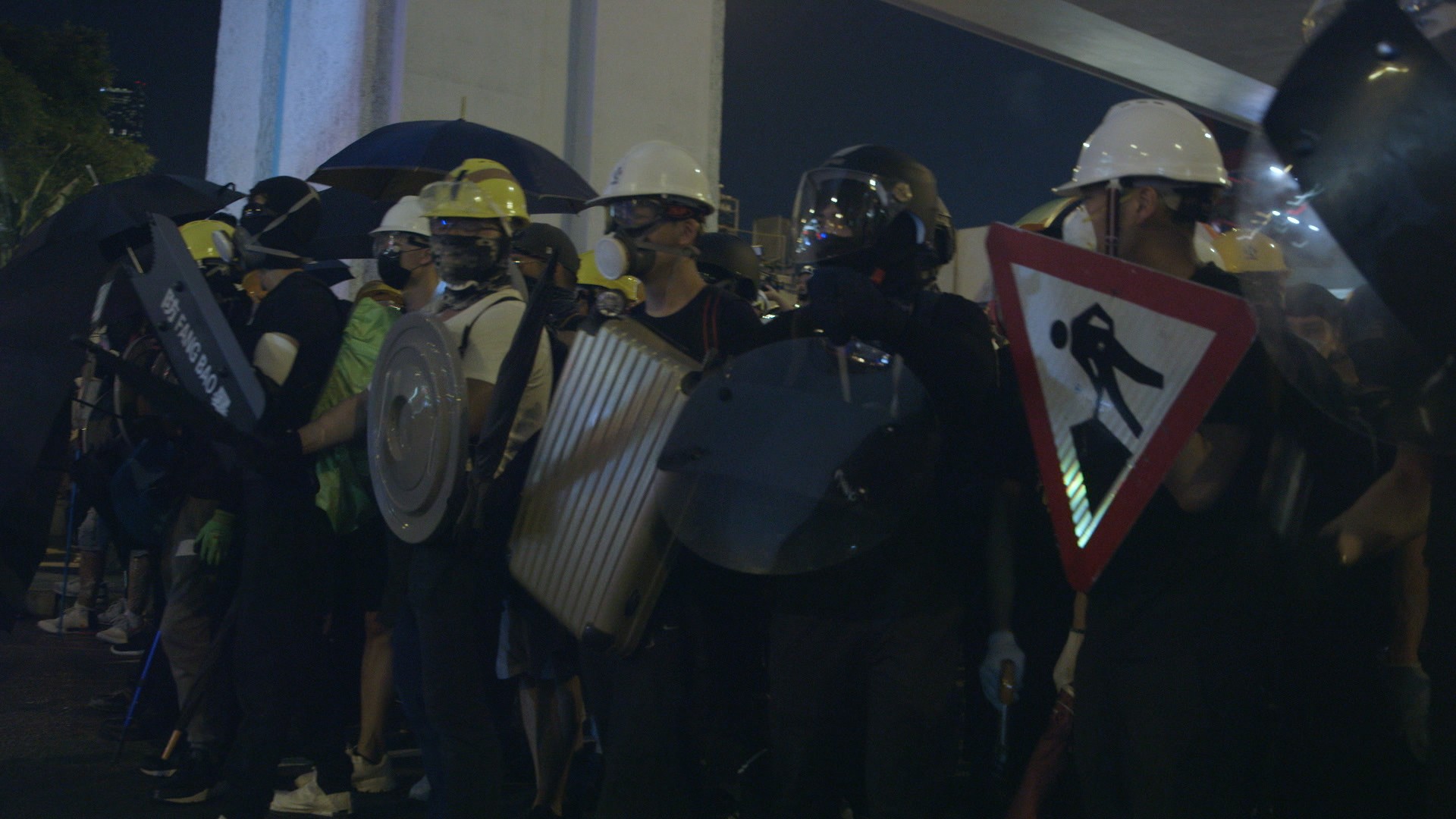The Chinese government has been using an army of Twitter accounts linked to porn, K-pop, and sports to spread disinformation about the protests in Hong Kong, according to a new report.The report, entitled ”Tweeting Through the Great Firewall” was published this week by the Australian Strategic Policy Institute (ASPI) and looks at the network of 936 accounts linked to the Chinese government that Twitter suspended last month because they were attempting to “sow political discord in Hong Kong.”The network of accounts identified by Twitter included a small number of accounts created specifically for this campaign and a much larger network of re-purposed accounts that had built large followings by tweeting about a variety of topics ranging from sport to IT support and porn. The oldest account in the data set was created almost 12 years ago.“Such accounts are readily and cheaply available for purchase from resellers, often for a few dollars or less,” the researchers said. “Accounts in the data set have tweeted in a variety of languages, including Indonesian, Arabic, English, Korean, Japanese, and Russian, and on topics ranging from British football to Indonesian tech support, Korean boy bands, and pornography.”READ: A shadowy website is offering big money for Hong Kong protesters to snitch on each otherThe accounts published messages of condemnation of the protesters and support for the police, as well as conspiracy theories about alleged Western government involvement in the protests."Hong Kong SAR police headquarters were surrounded and attacked. Who were the people wearing black?" one message read. "They were acting under the direction of Western anti-China forces. They’re manipulating things behind the scenes, with a clear purpose to instigate others to participate in the demonstration and the encirclement. They’re bringing chaos to Hong Kong SAR with an illegal political goal and disrupting the social order."Unlike Russia’s highly sophisticated and coordinated effort to undermine the 2016 U.S. presidential election, this campaign was clumsy and appeared to be hastily arranged as a reaction to the quickly-evolving situation on the ground in Hong Kong.“This was a blunt-force influence operation, using spam accounts to disseminate messaging, leveraging an influence-for-hire network. The predominant use of Chinese language suggests that the target audiences were Hong Kongers and the overseas diaspora,” the report said. Cover: A university student wearing safety gear talks during a strike on the first day of school at the Chinese University in Hong Kong, on Monday, Sept. 2, 2019. The nearly three months of youth-dominated protests calling for democracy and an independent inquiry into police conduct will be tested as classes resume after the summer break for many of the youthful protesters in the semiautonomous Chinese territory. (AP Photo/Vincent Yu)
Cover: A university student wearing safety gear talks during a strike on the first day of school at the Chinese University in Hong Kong, on Monday, Sept. 2, 2019. The nearly three months of youth-dominated protests calling for democracy and an independent inquiry into police conduct will be tested as classes resume after the summer break for many of the youthful protesters in the semiautonomous Chinese territory. (AP Photo/Vincent Yu)
Advertisement
Advertisement
The messages did not seek to target one particular audience, cultivate a following, or direct readers toward a specific disinformation ecosystem outside of Twitter, but more closely resembled “a marketing spam network,” the researchers said.READ: Modi's trolls are ready to wreak havoc on India's marathon electionThe report reveals that some of the accounts used in the campaign against Hong Kong were also active in earlier information operations “targeting political opponents of the Chinese government, including an exiled billionaire, a human rights lawyer, a bookseller, and protestors in mainland China.”The earliest of these operations date back to April 2017, indicating that Beijing has been conducting disinformation campaigns using Western social media platforms for over two years.

